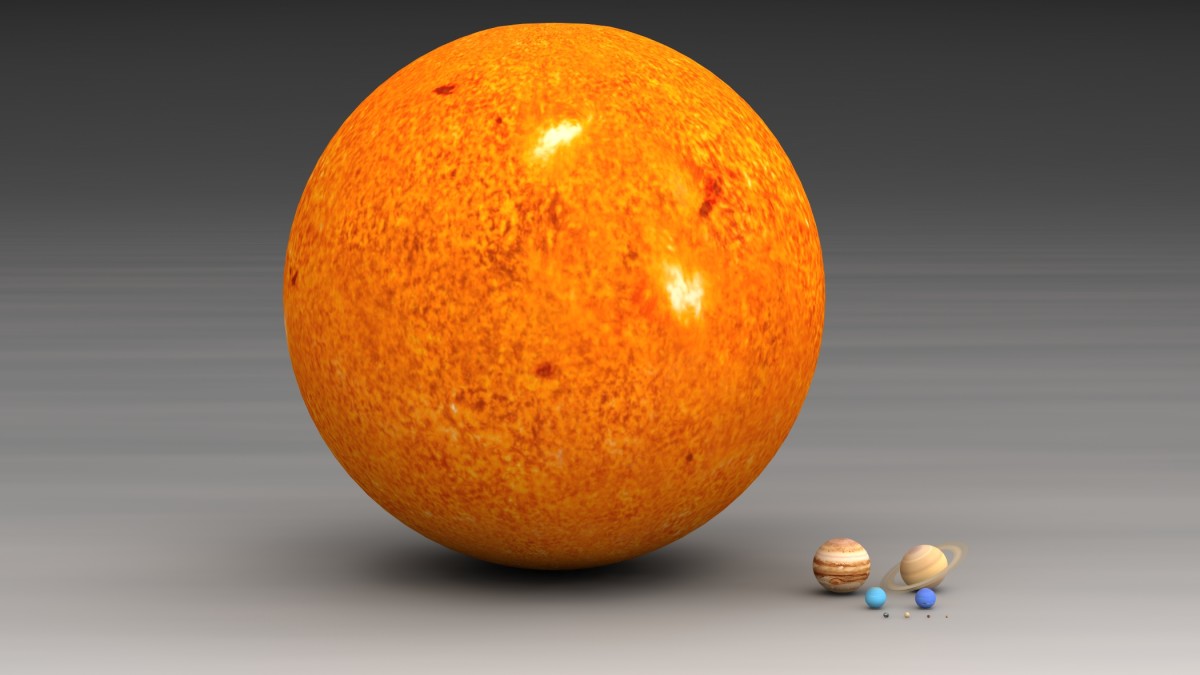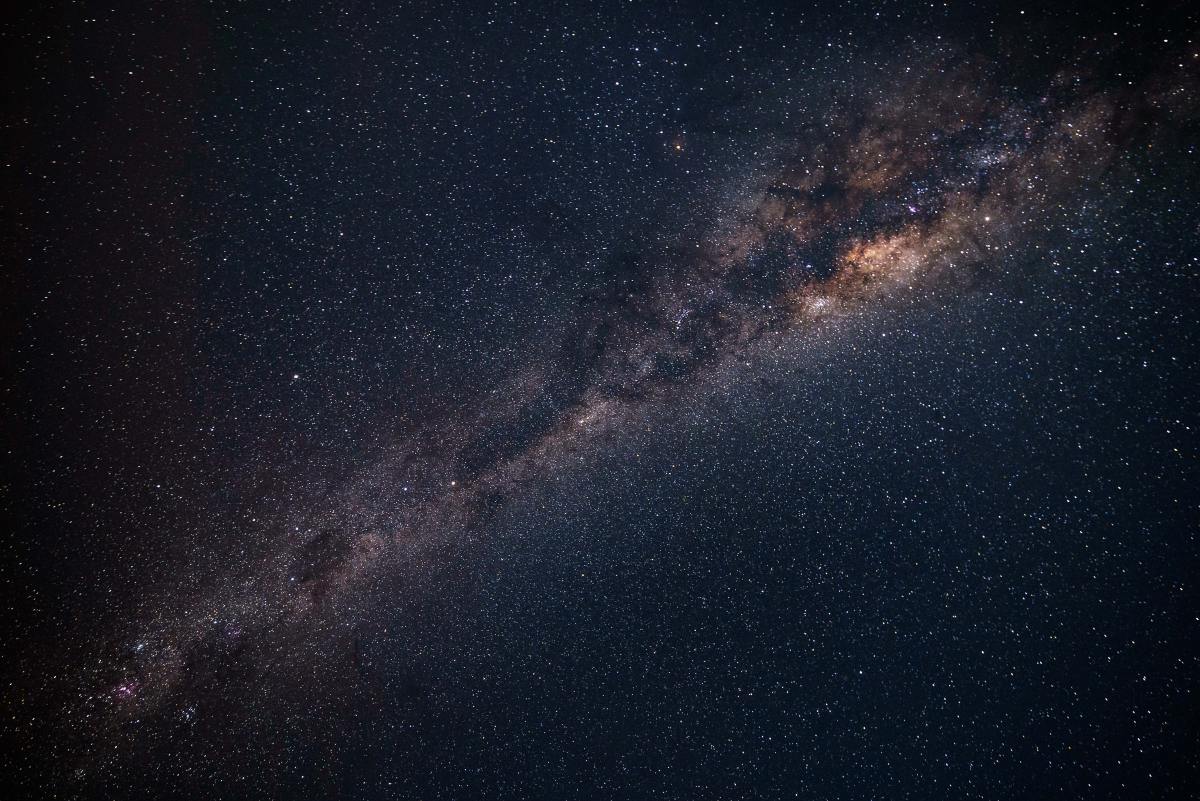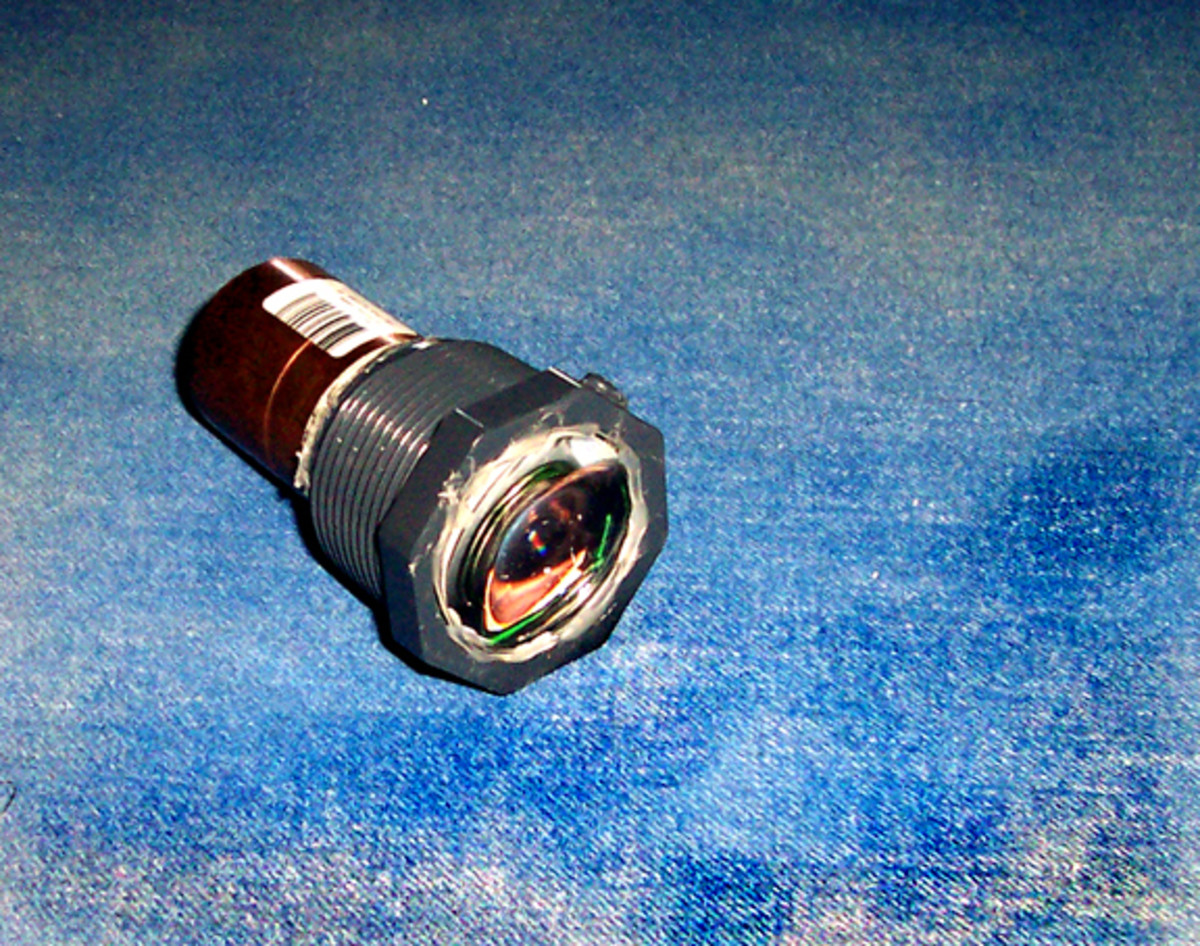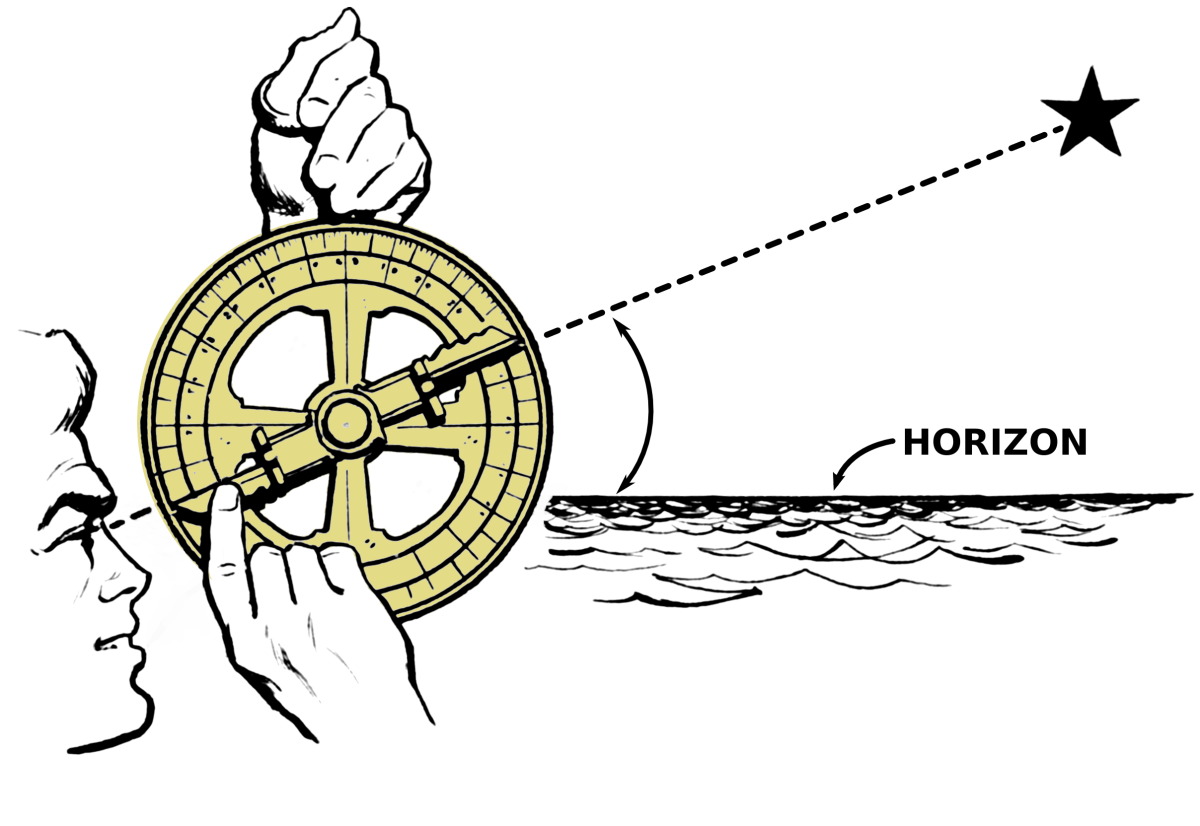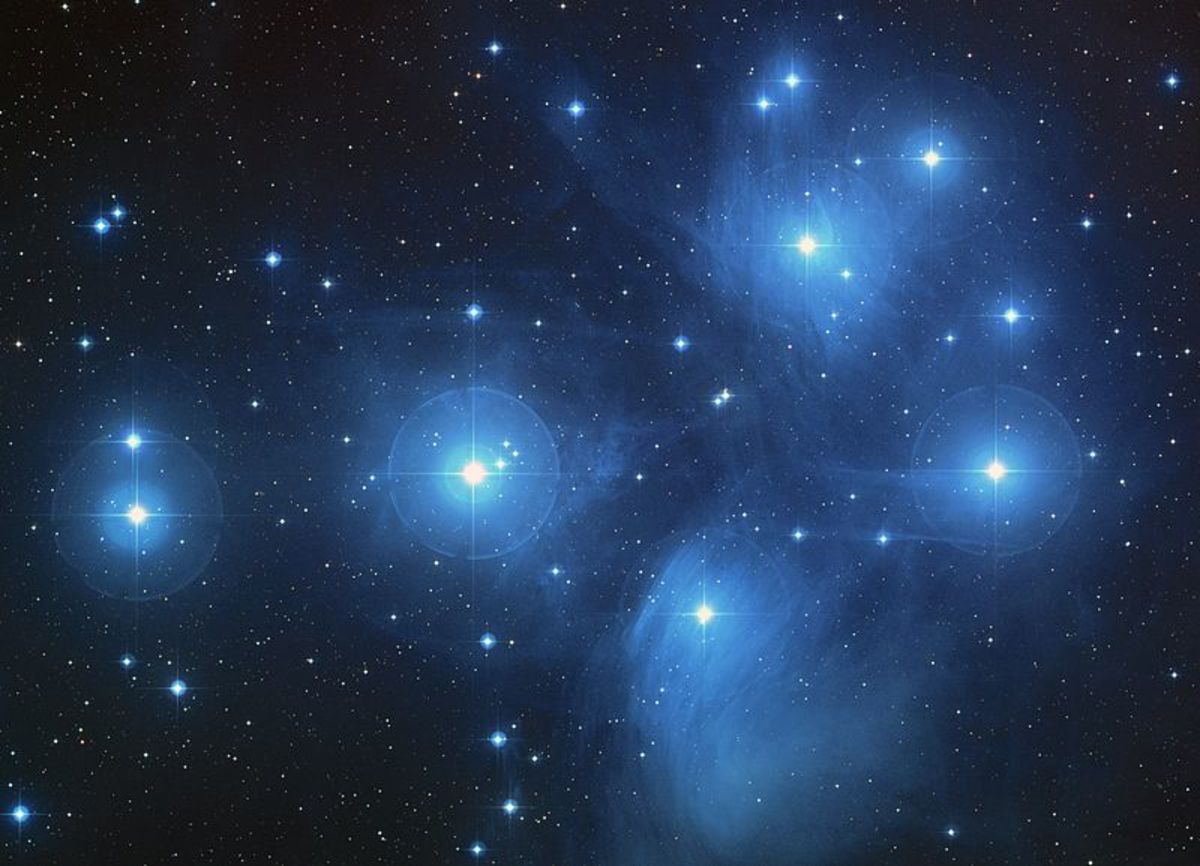Our Galaxy
We are just small specks on a small lump of rock that circles around a Star that is one of Billions that make up the Milky Way.
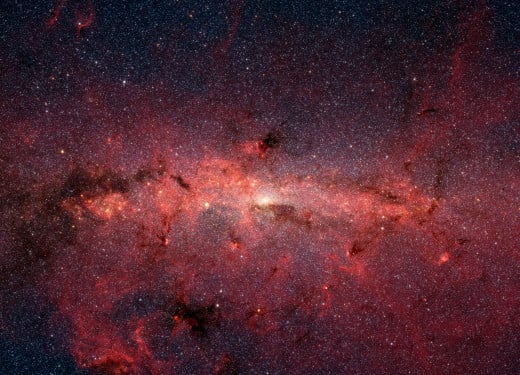
The Milky Way
The Milky Way Galaxy is a Spiral Galaxy in the Virgo Supercluster that contains our Solar System on one of its arms. It is around 110,000 light years across and contains somewhere in the region of between 100 and 400 Billion Stars which are not all like our Sun.
It is believed that there is a Super Massive Black Hole at its Galactic Center. There is recent evidence of its existence and NASA and other Telescopes have been monitoring a Gas Cloud that has been on course to come into contact with Sagittarius A*, which is what is believed to be the Black Hole in question.
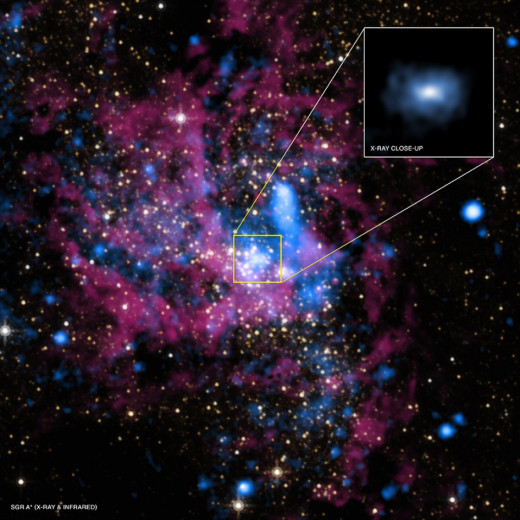
- Will We Ever be Sucked Into The Milky Way Black Hole...
Black Holes have become a tool for Science Fiction writers. But what is known about these strange space phenomena? Is one capable of swallowing the earth?
The Galaxy sill has a small amount of star forming resources but is not as active in this as it was in its early days over 10 billion years ago.

The Milky Way from Earth's Prospective
All of the stars we see at night are part of the Milky Way Galaxy. However you need to be in an area free of light pollution to get a great view and see why we call it the Milky Way. On a clear night in some of the remotest places in the world you can look up and see a milky looking cloudy strip running through the sky. This is the Milky part of the Milky Way.
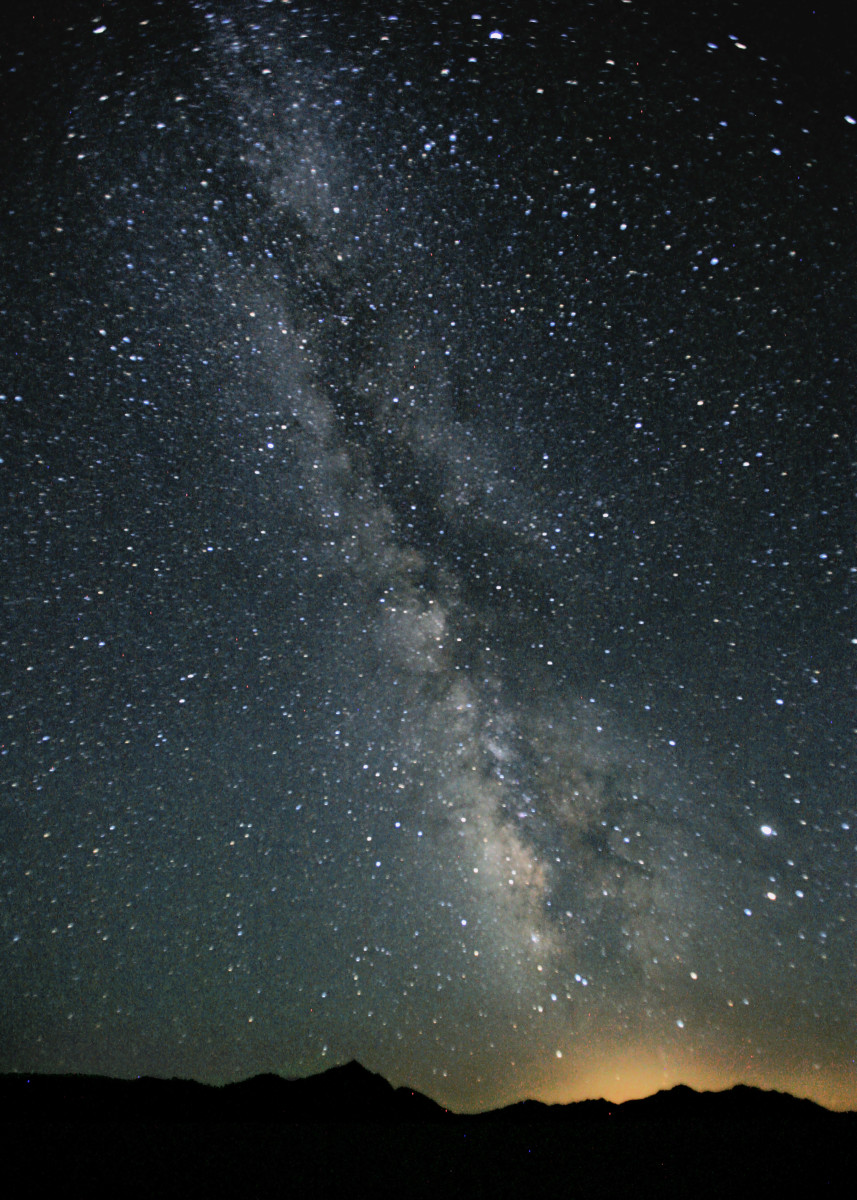
The above image is a great example of why we call the Galaxy the Milky Way. It shows that the sky has a cloudy appearance. This is due to an accumulation of un-resolved stars and other material.

What is out There?
As I stated earlier there are hundreds of billions of stars in our Galaxy, there are also 100's of billions of planets and other rocks floating around out there. One thing we don't know is if there is other life out there but we keep searching.
- Are We Alone In The Universe?
Are we alone in the universe or are there others out there?
The Solar System
This is our home in the Universe. Sat on the inner rim of the Milky Ways Orion Arm, 27,200 ± 1,100 Light Years from the Galactic Center, our Solar System is one of many yet may be unique in the fact that we are here. The system consists of one Sun eight planets with many moons, the asteroid belt and some Dwarf Planets.
Planets
Mercury
The closest planet to the Sun.
Venus
Earth
Our Planet. The only planet that harbours life. (As far as we know.) It has one moon that is believed to have been formed during a planetary collision
Mars
The Red planet.
Jupiter
The planet with the red spot. This spot is a major storm that has been raging on the planet for centuries.
Saturn
The planet with the rings.
Uranus
Neptune
Dwarf Planets
Ceres
The closest of the Dwarf Planets to Earth. It is situated in the Asteroid Belt that sits between Mars and Jupiter. If it were classified as a planet it would be the Fifth one in our system.
Pluto
Once known as the Ninth Planet Pluto was demoted to Dwarf status in 2006. It is the largest known object to occupy the Kuiper belt1.
Recently the New Horizons spacecrat took time to examin Pluto in more detail than ever before.
Pluto has five known moons orbiting around it. These are:
Charon which is the closest and largest.
Styx
Nix
Kerberos
Hydra
Haumea
Makemake
Eris
Sedna

Alpha Centauri
The Nearest Star System to ours is Alpha Centauri. This is a Binary Star System2 that is located 4.37 light years from us. It consists of the stars, Alpha and Beta Centauri. There is also a third star Proxima Centauri which is a lot smaller and dimmer than Alpha and Beta Centauri. (See image below).
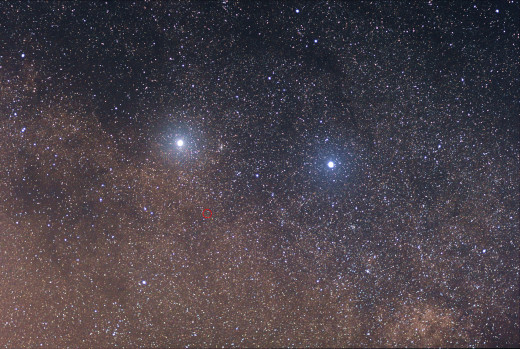
Stars
Alpha Centauri is the Primary Star in the System and is a Spectral Class G star like our Sun. Although it is of the same class as our Sun it is bigger and brighter.
Beta Centauri is the Secondary Star and is a Spectral Class K star which is slightly smaller and less bright than our Sun.
Proxima Centauri is a Spectral Class M star or Red Dwarf that is allot smaller and dimmer than our Sun. This is the nearest known star to our own.
Planets
It is known that there is a planet orbiting Beta Centauri. Alpha Centauri Bb orbits its star at a distance of 0.04 au3. This Exoplanet4 as it is known is the closest one to us that is not in our own system.

Kepler-32
The Star
Kepler-32 is an M class star that is located just over 1301 light years from Earth. When seen from earth it can be found in the constellation of Cygnus.
Planets
There are 5 known planets in the Kepler System
f
e
d
c
b

1 A region of the Solar System beyond the orbit of Neptune. Between 30 and 50 AU (see 3) from the Sun
2 Two Stars that orbit each other
3 Astronomical Unit. 1 AU is 149597870700 meters (about 93 million miles). The average distance from the Earth to the Sun
4 A Planet situated outside of our Solar System and orbiting another star.

Other Astronomy Hubs
- What Was The Early Universe Made Of?
What made up the early universe before stars and planets formed? - Will We Ever be Sucked Into The Milky Way Black Hole...
Black Holes have become a tool for Science Fiction writers. But what is known about these strange space phenomena? Is one capable of swallowing the earth? - How Did The Universe Begin
We are here but how did this come to be? These are my views on the subject of creation and the big bang. - The Universe: From the Big Bang to the Present Day
The History of the Universe and some theories on how it began. - What is a blood moon?
Over the next two years there will be four separate lunar eclipses. They will be what is sometimes referred to as a blood moon. - Dark Matter Coming to Light
The mysteries surrounding dark matter are starting to be unraveled. Yet it is becoming more mysterious.


